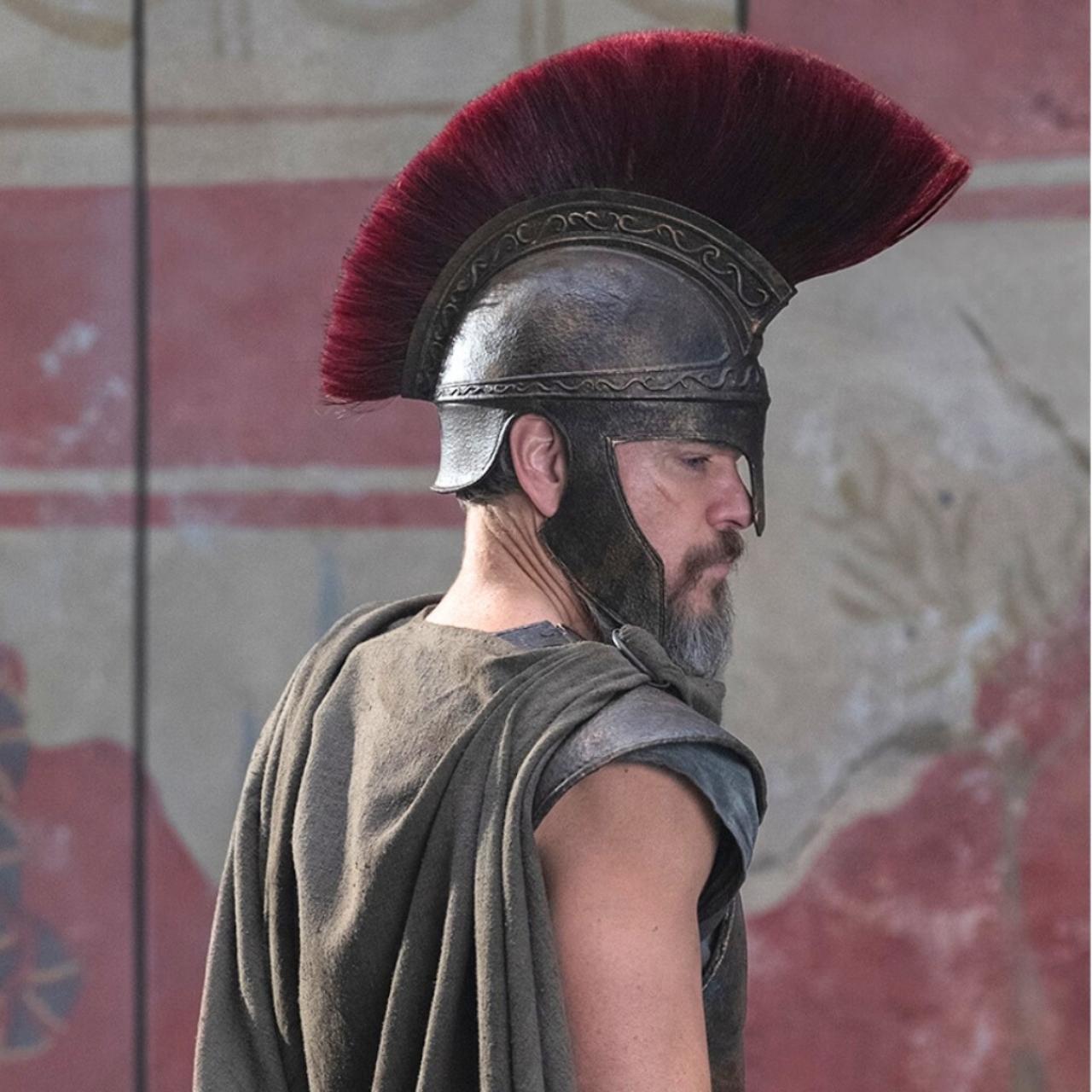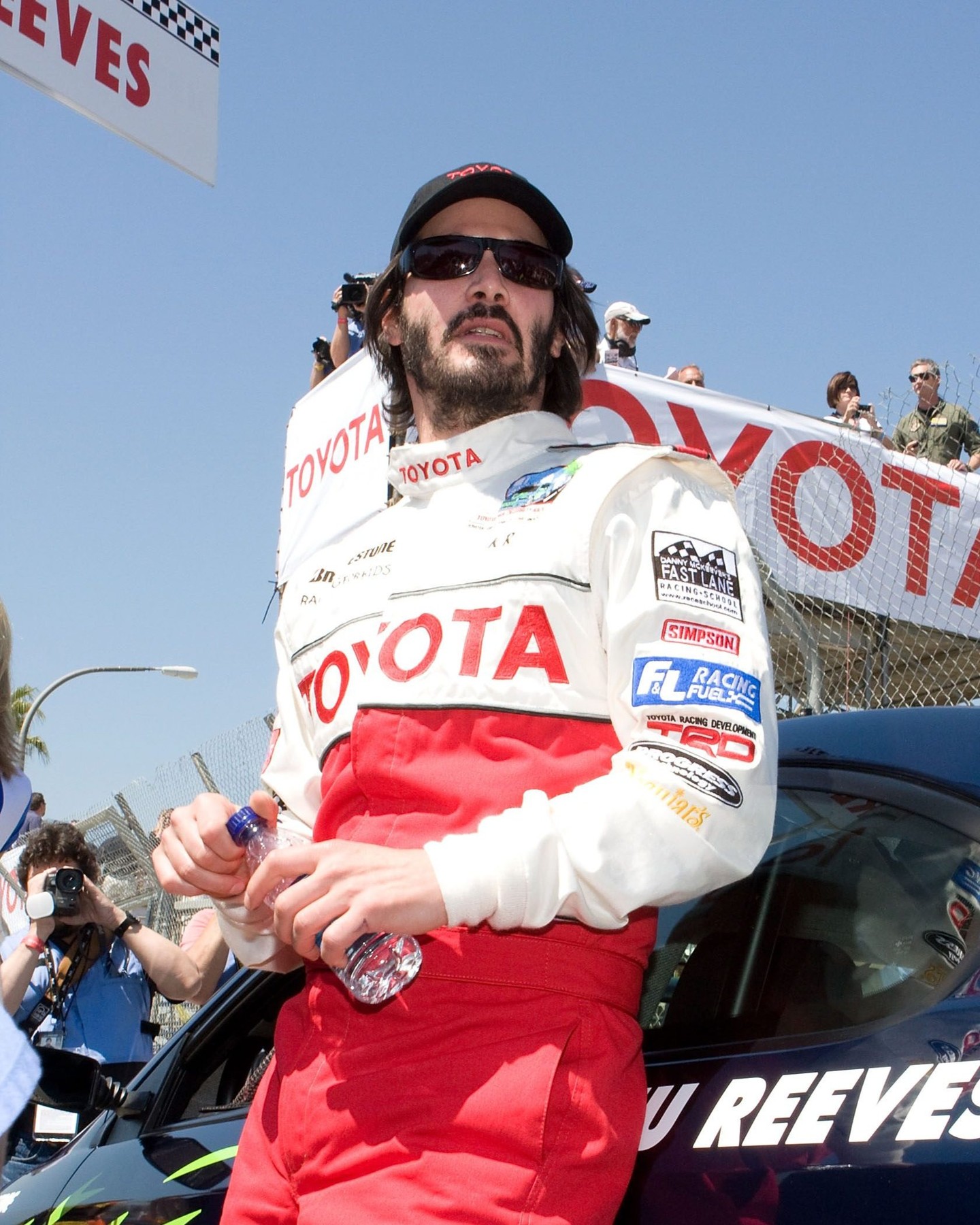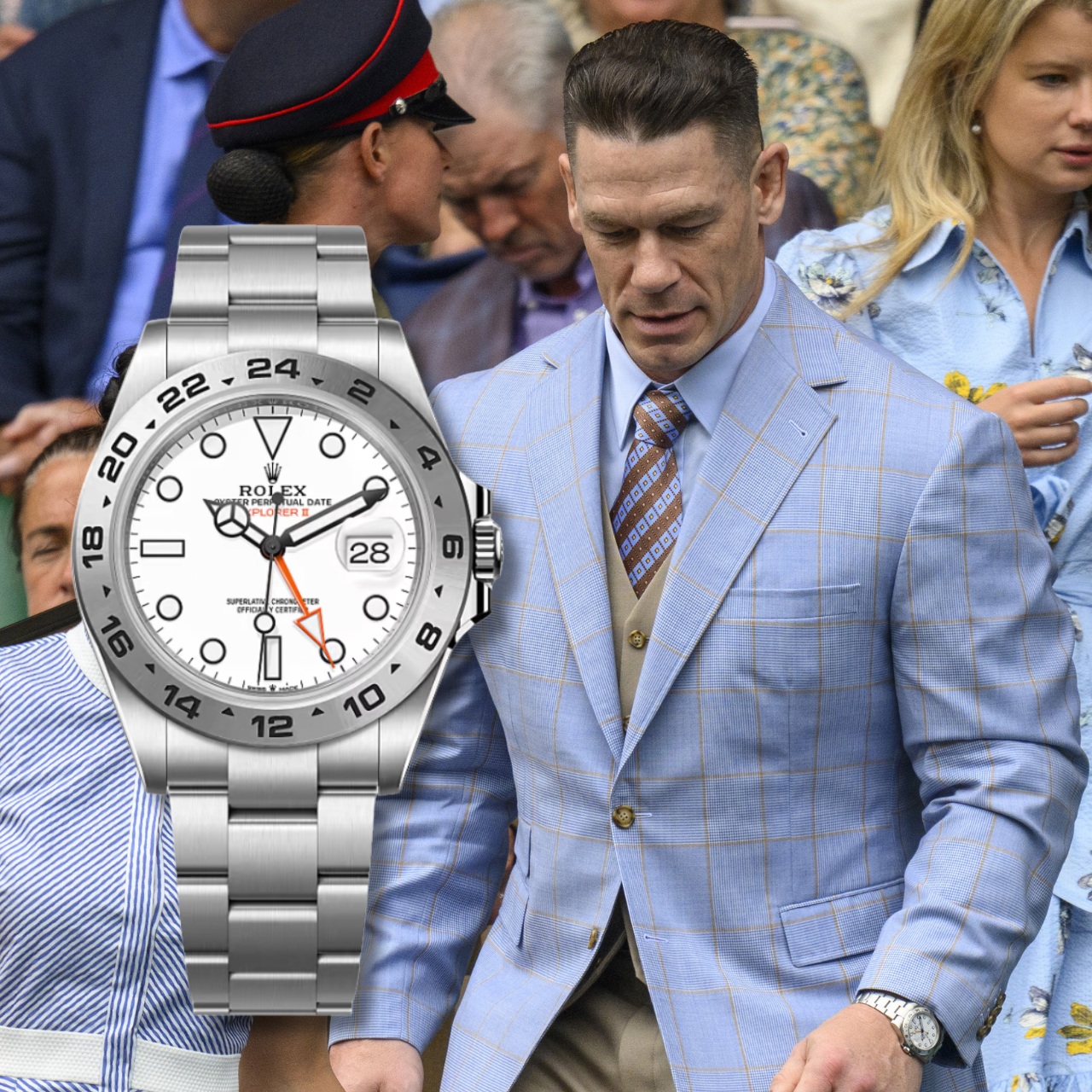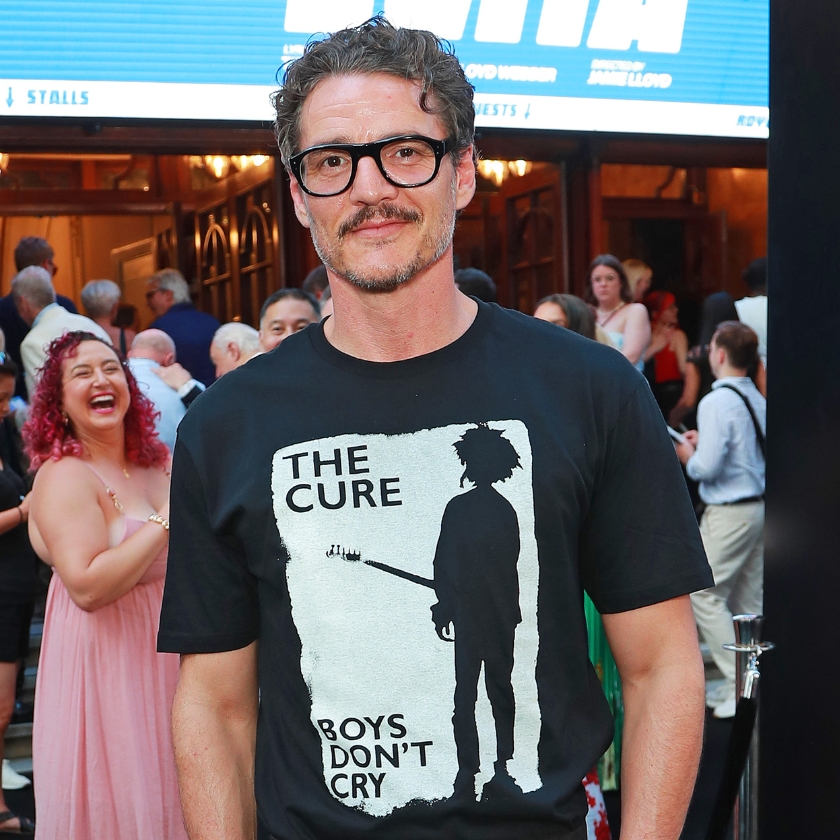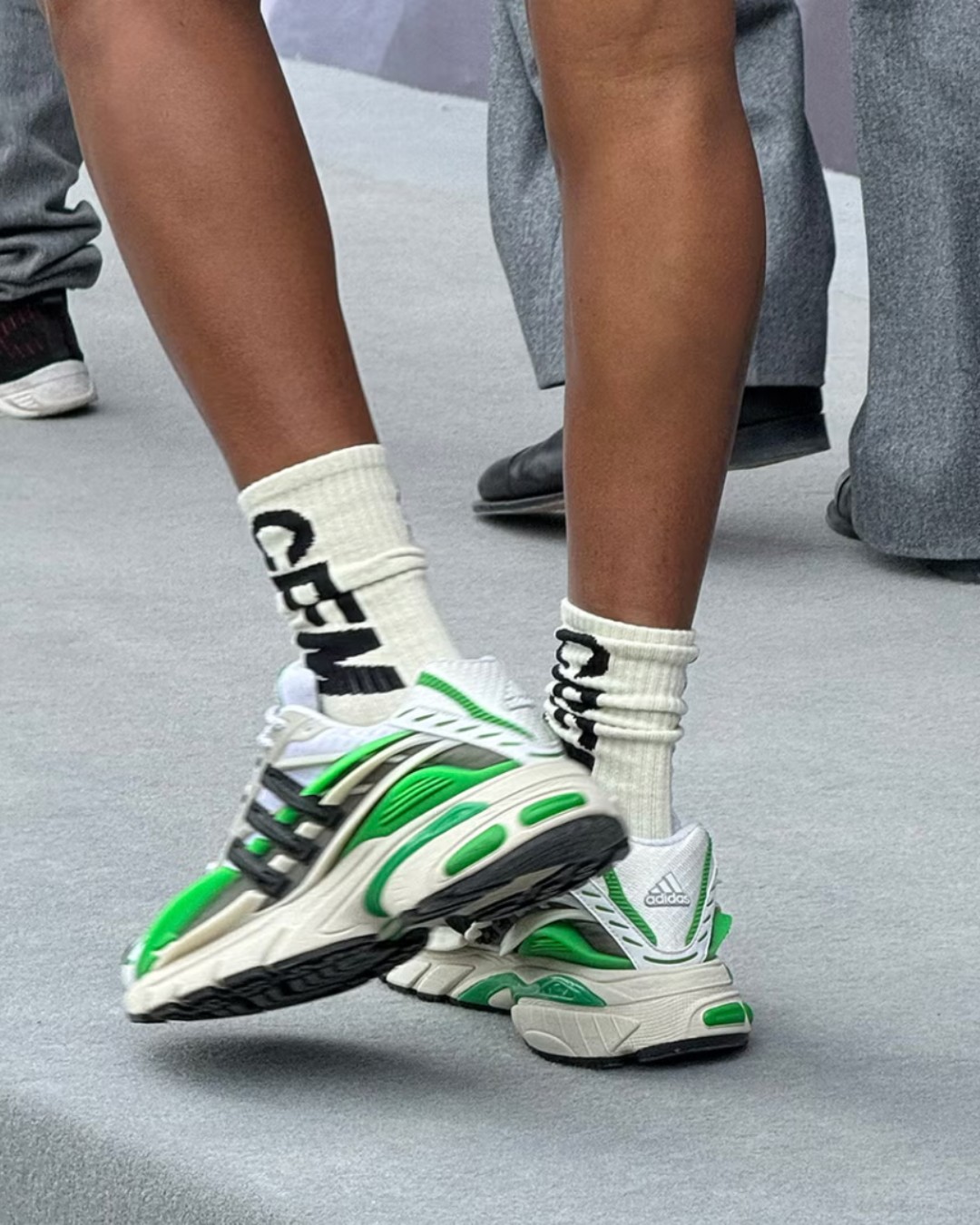The 12 most underrated Swiss watch brands
Round the dial, from Armin Strom to Zenith
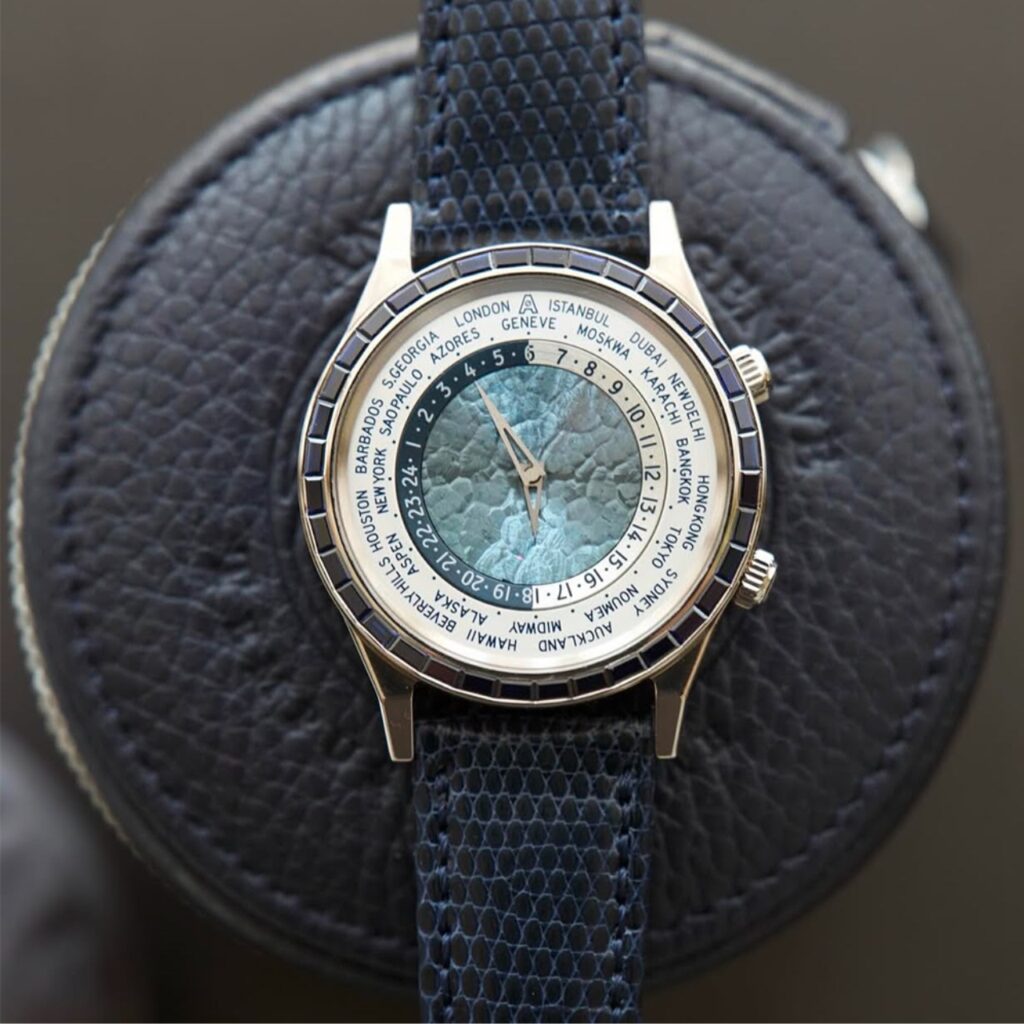
THE SECOND EPISODE of the new season of Acquired, the hugely successful “depth first” podcast explaining the business strategies behind the world’s most successful companies, got the attention of the watch world, and beyond. It is already the most played episode in the show’s lifetime.
Over five hours (and 34 seconds!), hosts Ben Gilbert and David Rosenthal take the deepest of deep dives into Rolex – one of the world’s most famous, and famously secretive, companies.
The whole thing is great. Meticulously researched, entertainingly presented and crafted in a way that makes the story accessible to the aficionado and the casually curious alike.
Honestly, the hours fly by!
There are fascinating revelations everywhere, not least around the four hours and 16 minutes mark, where Gilbert and Rosenthal pan out from Rolex and drop some stats on the broader wristwatch business.
According to their findings, Switzerland produces 17m watches a year – against estimates there are between 700m and 900m watches made in the world during the same period, counting smart watches, the Apple Watch, cheap digital watches from China, etc, etc.
That means Switzerland accounts for just two per cent of the world’s watches, by volume.
By revenue it’s a different tale.
Switzerland’s two per cent equates to 45 per cent of global revenue in watch sales.
And of those 17m Swiss watches, the majority of its exports – 86 per cent – are mechanical.
As Acquired says, the bet the Swiss made on doubling down on traditional watchmaking in the face of the quartz crisis, a seemingly extinction-level event in the 1970s as cheap, battery powered models flooded out of the East, has paid off handsomely.
Still, of those 17 million Swiss watches, only an estimated 1.2m are made by Rolex. To add to those made by Omega, Swatch, Patek Philippe, Audemars Piguet, and so on.
But what of the brands who aren’t ever likely to get their own five-hour (and 34 seconds!) podcast?
The brands that make watches that are arguably just as worthy of our attention, but by volume, or marketing, or sheer outsider status, don’t get the eyeballs they deserve.
That thought seemed reason enough to run down a list of what we consider to be the dozen most underrated Swiss brands in horology today, from tiny independents to Bond Street mainstays.
Here goes.
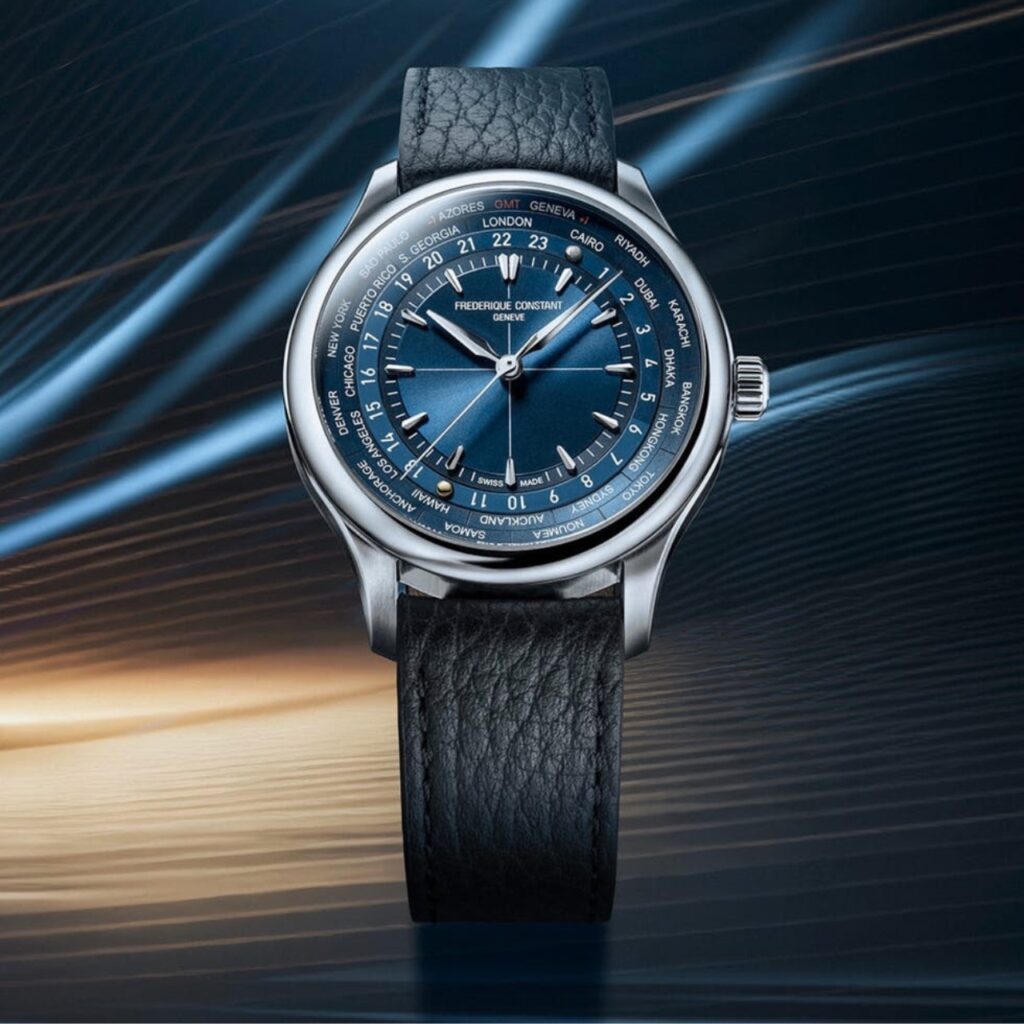
1. Frédérique Constant
Despite only being founded in 1988, Frédérique Constant has proved no slouch in the innovation department. Now part of the Citizen watch group, the watchmaker scores particularly highly on the number of novel movements it has created – including tourbillons, world timers and moon phases – as well as its levels of finishing, eg: guilloche-pattern dials – typically found on way more expensive brands.
Its simple designs won’t scare the horses, but if it’s a classic dress watch – and Swiss-made – you’re after, you won’t go far wrong.
Its entry-level Classics line-up starts with the Carrée Small Seconds at £895, while the value for money philosophy extends all the way up to its Perpetual Calendar Manufacture. For £8,795 it’s one of the best, most affordable examples of this complication on the market.
Last month’s equally good-value Frédérique Constant x Watch Angels WorldTimer was more evidence that the brand deserved to be way better known than it is.
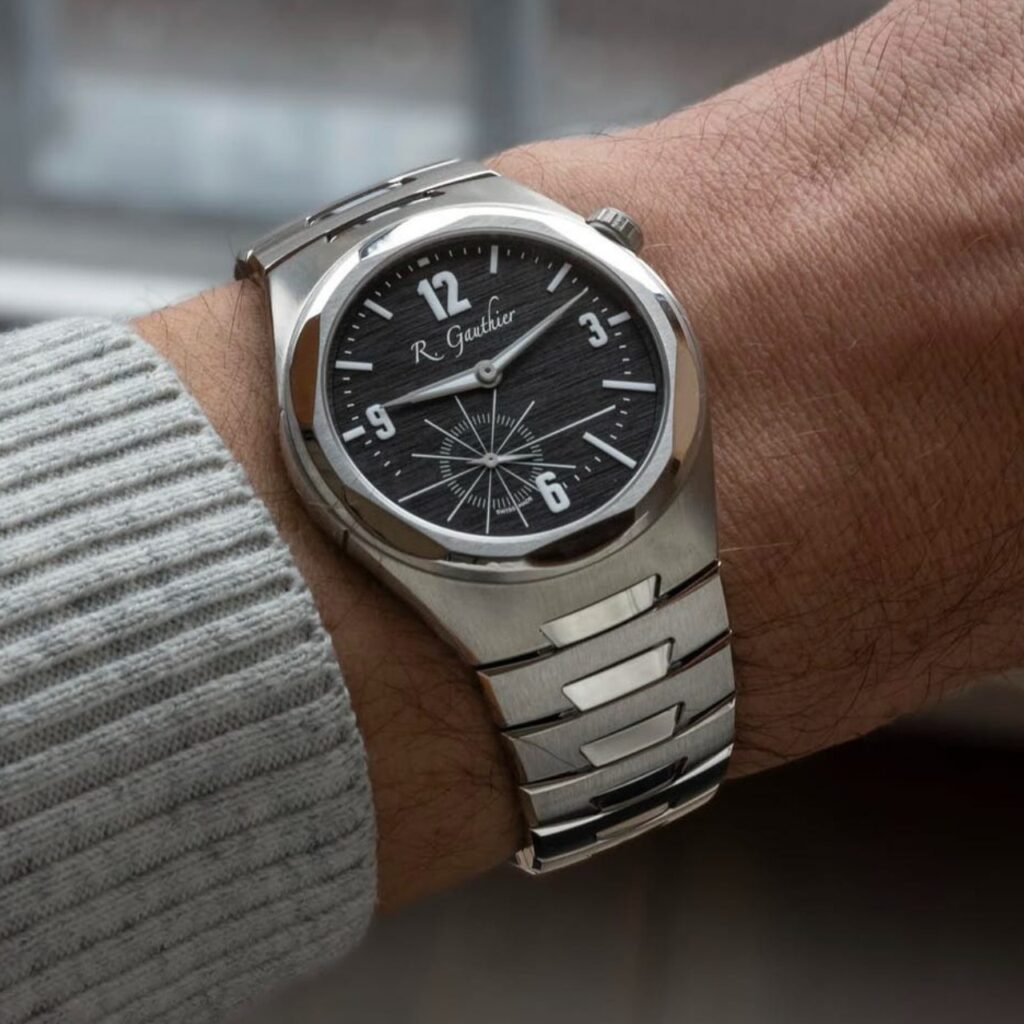
2. Romaine Gauthier
Technical excellence meets a distinctive, artisanal approach for this watchmaker headquartered in the Vallée de Joux, Switzerland’s historic watchmaking region.
Extremely high levels of hand finishing and unique styling are Gauthier’s trademarks, as per its Insight Micro-Rotor and Logical One models.
Romaine Gauthier spent years of training at prestigious watchmaking schools, including the Centre Technique Horloger in Le Brassus, and stints and Jaeger-LeCoultre and Breguet, before strking out on his own.
His first watch, 2007’s platinum Prestige HM, was an exercise in easy-on-the-eye symmetry. So much so that the watch came without a crown, being wound by wheel set into the back of the case instead.
The brand’s latest edition, the C by Romain Gauthier is a turbo high-end luxury sports watch that comes in titanium or platinum, and features a partly open dial, the better to show off all its exquisite inner workings.
Gaulthier’s watches are pitched for “the most discerning collectors in the world” and come appropriately priced. Not for you?
He’s also does a line in mechanical cufflinks, featuring a movement with a miniature escapement and balance wheel, so they can function as tiny timepieces for the shirt. Ingenious.
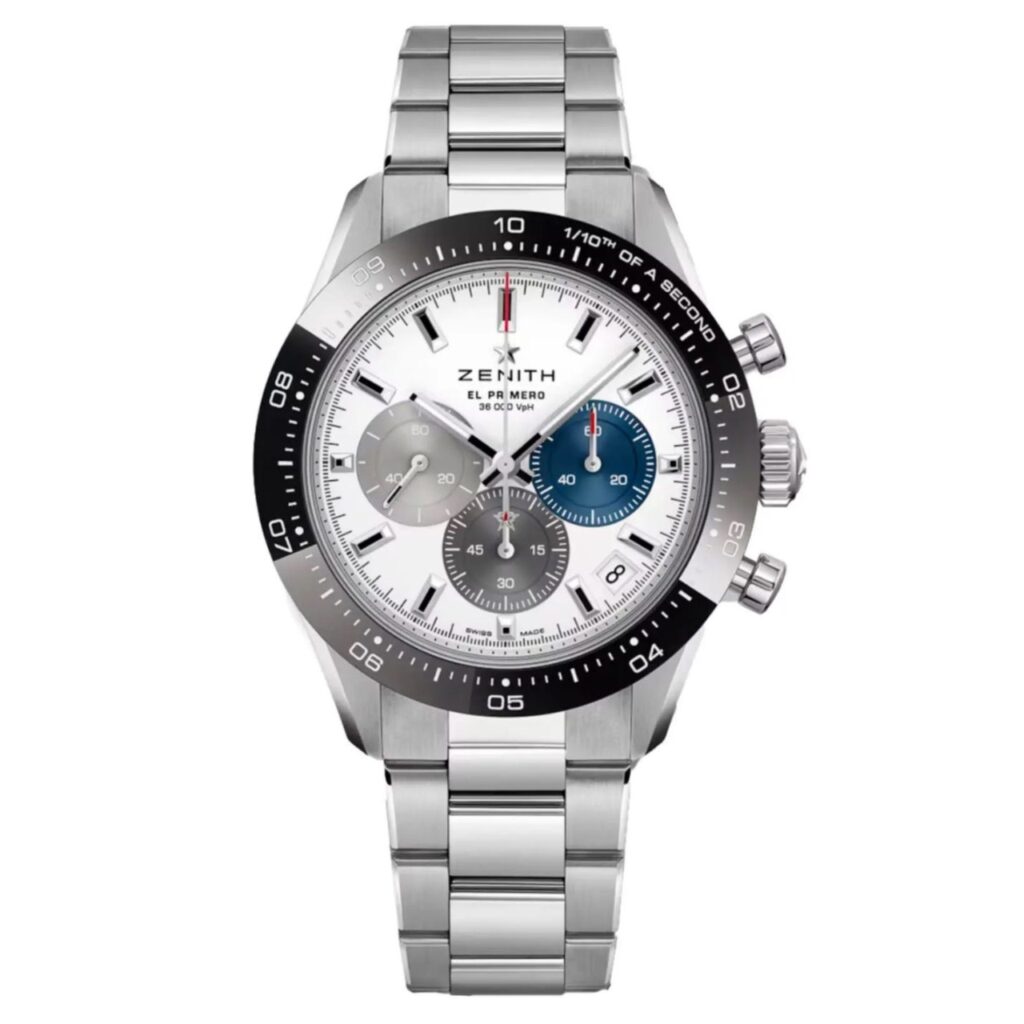
3. Zenith
Horology heads talk of Zenith in the same rarified air as Audemars Piguet, Omega and IWC Schaffhausen, yet in its 160th year it retains a fraction of those brands’ mainstream recognition.
Unduly disrupted by the quartz crisis of the 1970s, the watchmaker’s bad luck was compounded by ownership changes, competition from larger luxury brands and schizophrenic brand messaging.
Yet it has great stories to tell.
In 1969 its El Primero calibre was the world’s first automatic chronograph movement, a major technological breakthrough at the time.
There’s also strong historical ties to aviation, with chronometry prizes won at observatory trials. It remains the only brand legally allowed to print the word “pilot” on its pilot watches.
More recent innovations like the award-winning Defy Inventor, featuring a new type of oscillator, have demonstrated its commitment to pushing the envelope of mechanical precision.
In build quality, craftsmanship and accuracy Zenith makes very fine watches indeed, though it remains something of an insider’s brand. Ideal, say some.
“That’s exactly why I like Zenith,” says Reddit poster u/Qaek3301 in a thread questioning the brand’s comparatively low visibility. “Amazing watches, beautiful design and NOBODY knows the brand. It’s a perfect combo!”
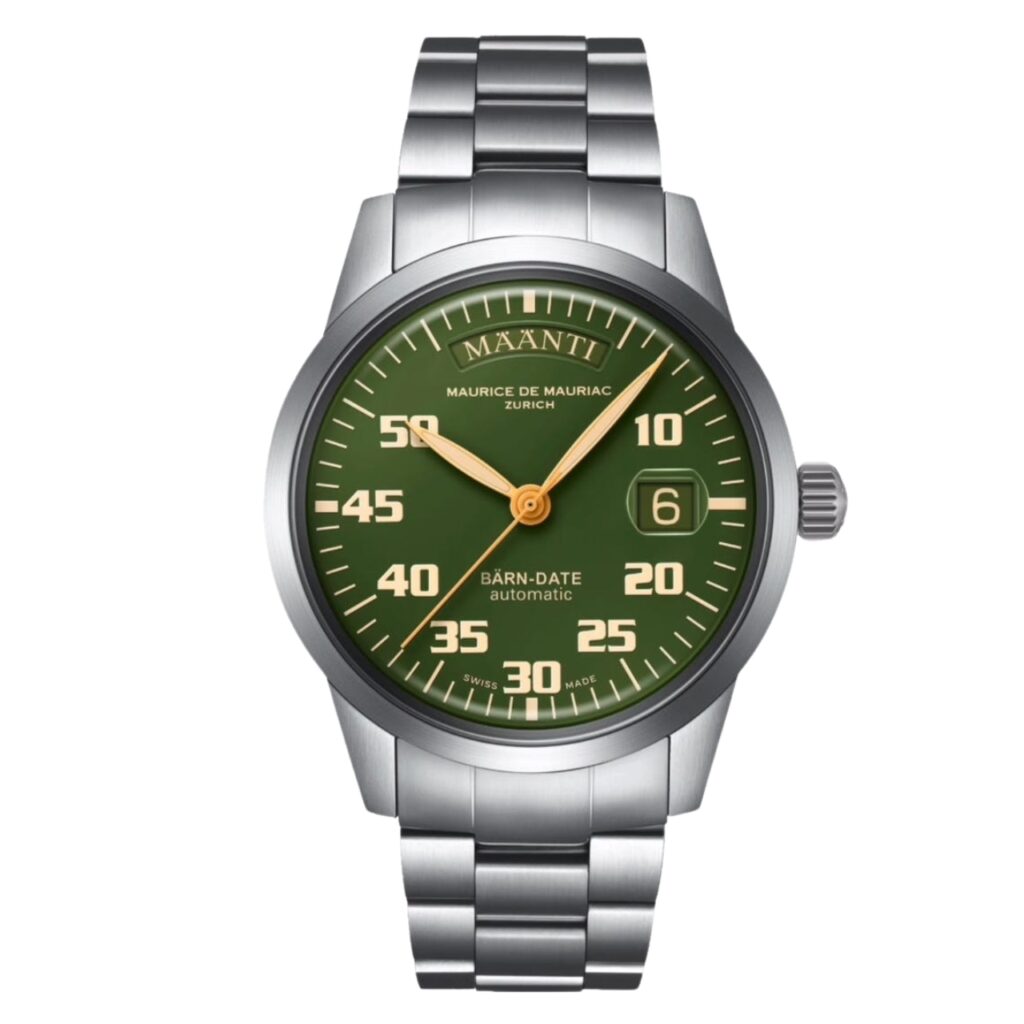
4. Maurice de Mauriac
The small, family-run brand’s signature focus is on unique personalisation options, allowing customers to design their own wristwear by choosing from a variety of dials, cases, straps, and colours, making each watch truly one of a kind.
This is possible both via its website and in person – a two-hour visit to the atelier currently ranks #1 on the Shopping In Zürich page on TripAdvisor.
The eclectic line-up of off-the-shelf watches is hard to define, but includes cases made of titanium, bronze, rose gold and ceramic, distinctive custom typefaces, automotive influences and many, many outsize chronographs.
“With a case size of 48 millimetres, the Chrono Modern Big Date is for men like Swiss wrestlers and for men who like big watches,” runs some typically whimsical copy.
The watchmaker has also done a collab watch with New York’s hipster clothing label Rowing Blazers based on Princess Diana’s “Black Sheep” jumper.
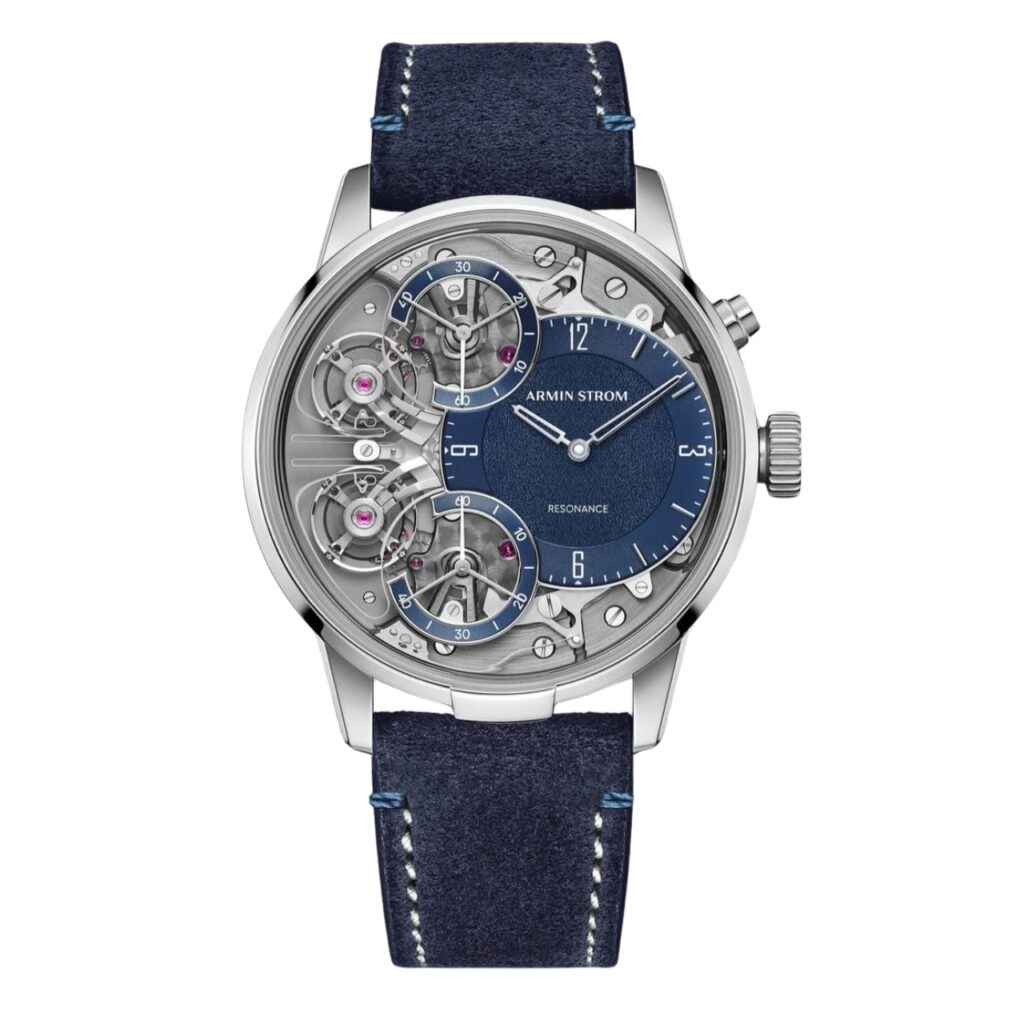
5. Armin Strom
The brand has developed 18 movements in the last 15 years – that would be good going for a huge multinational brand, let alone a small independent. Armin Strom’s stock in trade is openworked dials, where the watch’s intricate components are revealed through cutouts, with a big focus on the finishing and decoration.
Signature lines include the Gravity Equal Force, with its offset time indicators that merge with the movement, and the Resonance, shown above.
The brand has had two distinct eras.
The first, from 1967, when founder Armin Strong won a Guinness World Record for creating the world’s smallest hand-skeletonised watch.
And the second, from 2006, after he sold it to two childhood friends, Serge Michel and Claude Greisler, who have doubled-down on the brand’s openworked ethos.
“Our approach to skeletonization is driven by our desire to showcase the artistry and the technical skill of the movement,” says Michel.
“We don’t just want to create a beautiful watch, we want to design something that lets people appreciate the intricacies of the mechanics behind it.”
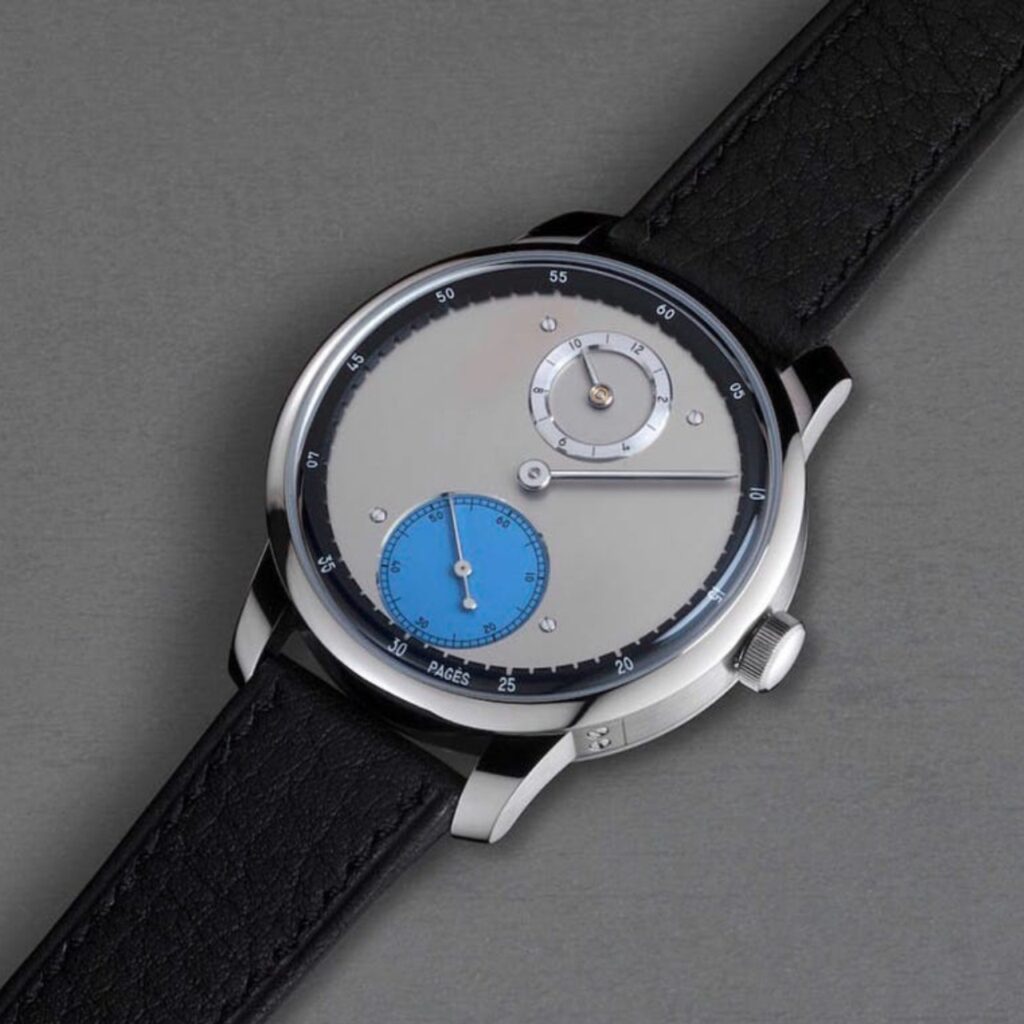
6. Raúl Pagès
Pagès is a true one-man-brand. Seven years of watchmaking school study were followed by six years spent restoring vintage watches, before going independent with his first project, the Tortue Automaton – a charming mechanical tortoise.
Next came the RP1 Régulateur á Détente, a beautiful, deceptively simple watch designed and produced entirely from scratch.
Pagès is a Le Corbusier fan and the RP1 displayed something of the Swiss-French architect’s enthusiasm for striking, bold textures and colours on the outside, combined with a movement comprised of 171 handmade parts on the inside.
Last year Pagès was awarded the first Louis Vuitton Watch Prize for Independent Creatives, comprising €150,000 ($260,000 AUD) in cash and a twisty solid silver trophy.
“It’s a huge recognition of my work,” he said. “It changed the visibility of my brand”.
That may be so, but don’t expect to see his watches sold at Duty Free anytime soon. He can only produce five or six a year.
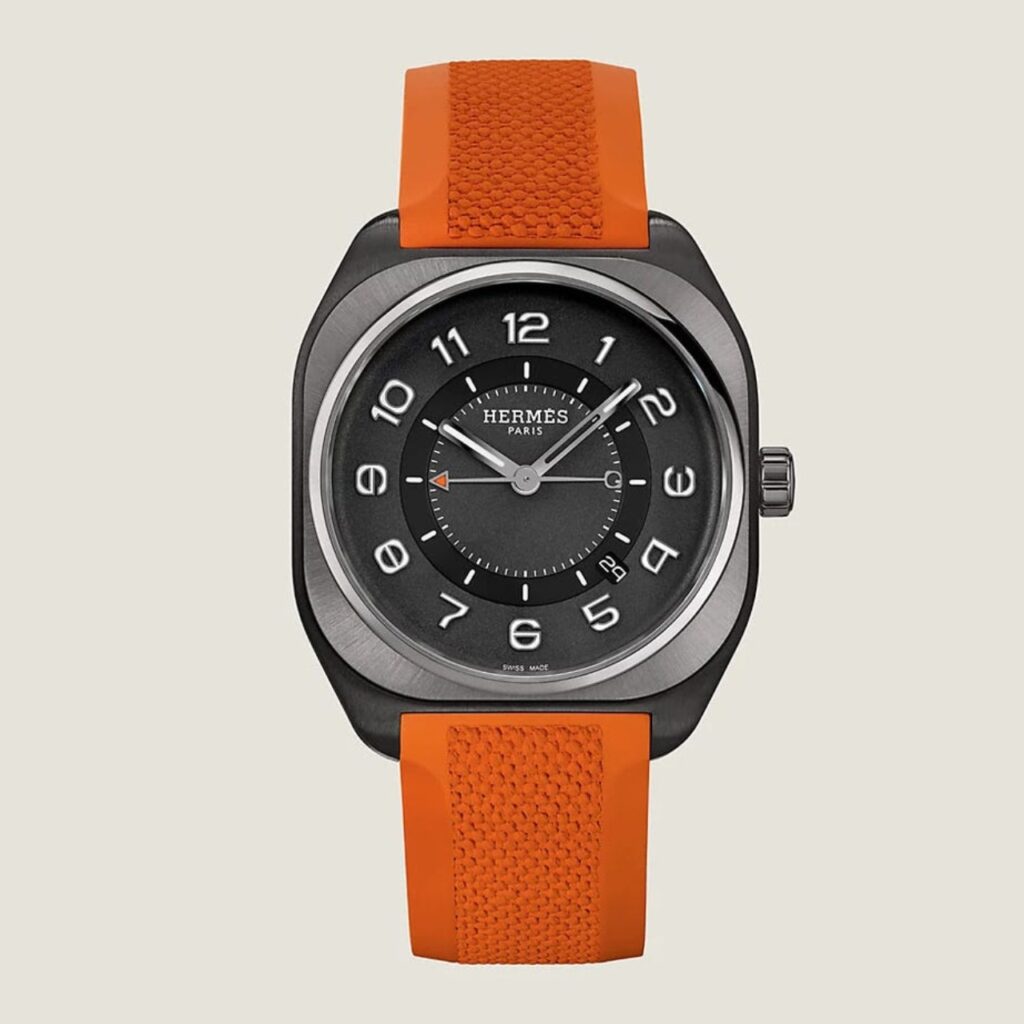
7. Hermès
On the one hand you could argue that Hermés watches aren’t underrated at all. Sales in its watchmaking division have increased threefold in four years, horology now accounts for a bigger slice of revenue than its much buzzier beauty division and it recently crash-landed into the top 20 bestselling Swiss watch companies ranking, currently placed higher than Blancpain or Bulgari.
On the other, with impossible-to-dislike models like the H08 and last year’s the Cut you could equally ask why you don’t see Hermès watches out in the wild every single day.
Having absorbed two historical partners, Natéber, known for its expertise in dials, and case specialist Joseph Erard in 2012 and 2013, and created Le Ateliers d’Hermès Horloger in Switzerland in 2017, the Parisian luxury brand has been playing the long game.
These days it has legit positioning in the world of haute horlogerie, something made doubly impressive given that the idea of fashion brands branching out into watchmaking was once deemed a total joke.
Finally, it has done this while remaining heroically on-brand – with its joyful custom typography, just-quirky-enough case shapes and general air of arty insouciance, Hermès watches are reassuringly Hermès.
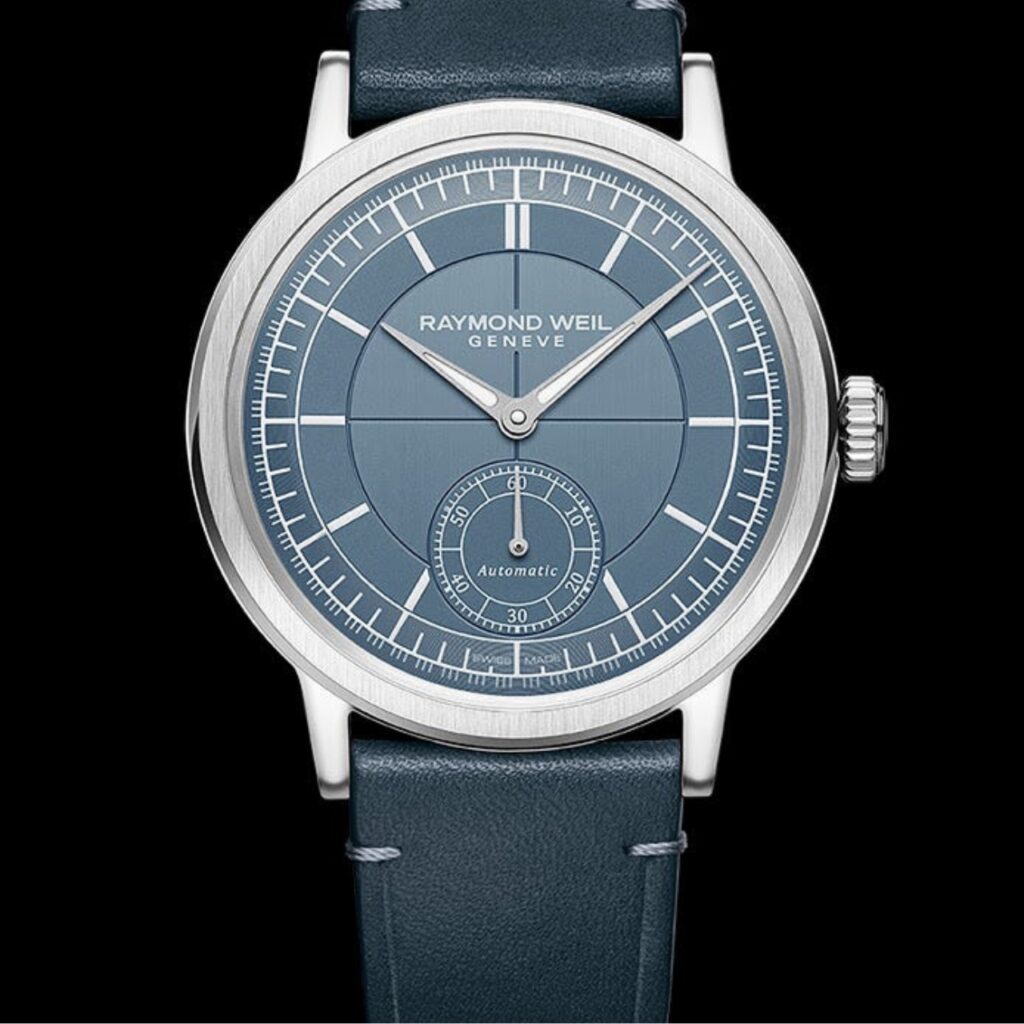
8. Raymond Weil
One of the biggest surprises to come out of Geneva’s GPHG awards recently came in the Challenge Prize category for the best watch under 2,000 CHF. Here, Raymond Weil’s Millesime Automatic Small Seconds bested out competition from Seiko, Nomos and Studio Underd0g, winning for its handsome vintage-inspired “sector” dial watch.
Up until that point the company was more readily associated with provincial shopping centres than Swiss awards ceremonies, its mass appeal underlined by a series of horrific rock ‘n’ roll related watches, featuring AC/DC, David Bowie and The Beatles on their dials.
Now under the management of Elie Bernheim, Weil’s grandson, the watchmaker is on a mission to become less of a “generalist brand” and appeal to serious enthusiasts. This was a great start.

9. Andersen Genève
Svend Andersen, the Danish-born originator of Andersen Genève, has spent a life steeped in watchmaking.
Born in 1942, he was drawn to mechanical watches as a youngster, landing his first apprenticeship at 15. At 21, he made the move to Switzerland to hone his craft.
After cutting his teeth as a watch repairman, he joined Patek Philippe’s Atelier des Grandes Complications. There, he became beguiled by the brand’s Universal Hours complication, developed in the 1930s and capable of displaying the correct time across 24 different zones.
Andersen’s nickname, “Watchmaker of the Impossible”, was minted following his first public creation, a clock inside a bottle, something he created by manoeuvring tiny strips of movement and dial through an 18mm glass neck using a set of tools he’d made himself – then assembling the parts inside.
Andersen went on to become one of the first watchmakers to set themselves up as an independent in the pre-internet era, never letting go of his fascination with Universal Hours.
In 1989 he developed his own version of the complication on Communication, a watch that featured improvements that made using and setting the timepiece much easier.
In 2015, Andersen handed over the mantle of the brand to current president and CEO Pierre-Alexandre-Aeschlimann. Now called Anderson Genève it continues to produce crazily beautiful watches like the Celestial Voyager Series, showcasing cloisonné enamel dials depicting global landmarks, and the Jumping Hours Jade Stone, with its jet-black stone dial and platinum case.
There was also the fantastical Automaton Joker, produced in collaboration with flamboyant Russian brand Konstantin Chaykin, featuring Batman’s nemesis on the dial, with hour and minute indicators in his spinning eyes and a moon phase display in his mouth.
Because why not?
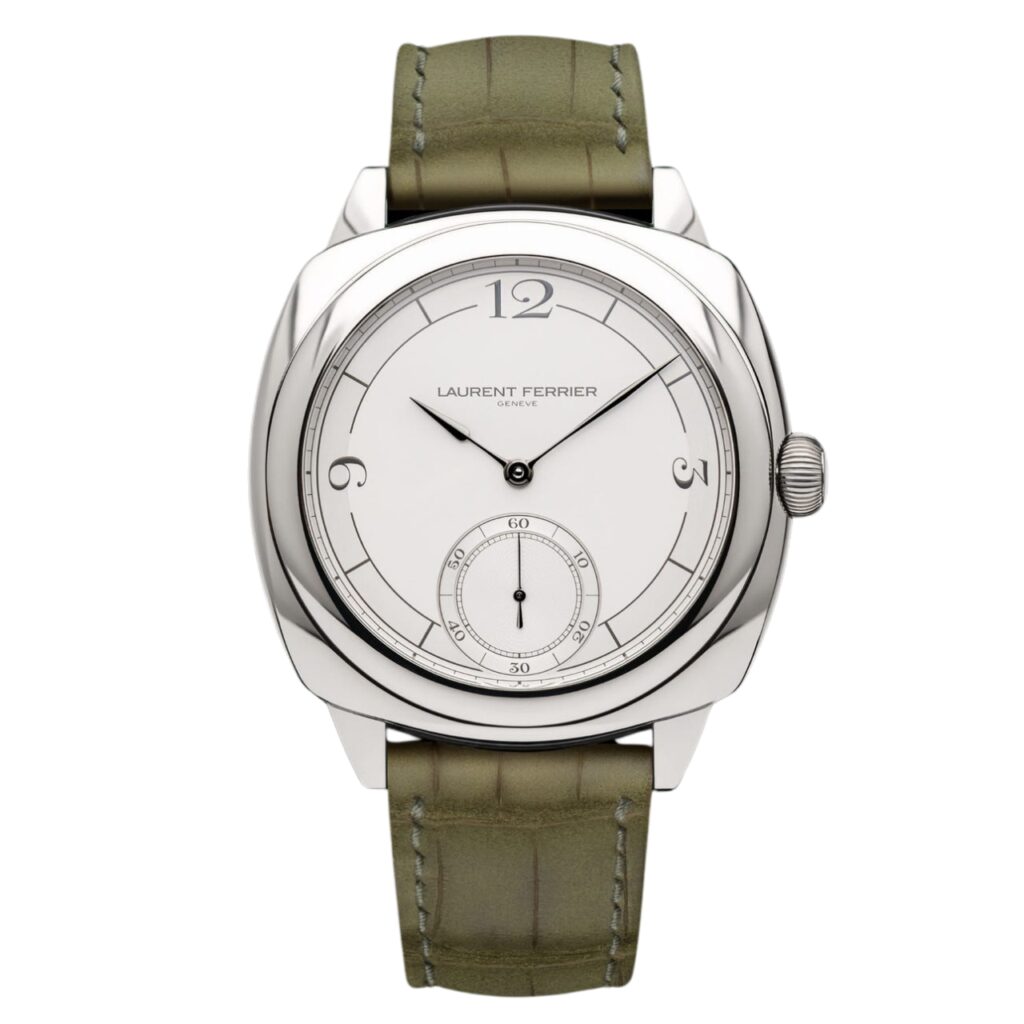
10. Laurent Ferrier
When I canvassed watch colleagues for their views on the most underrated Swiss brands, one suggested Laurent Ferrier should be “near the very top” of the list. (He was wearing a Sport Auto Blue Titanium at the time, TBF.)
The classy-not-flashy watchmaker established himself with a CV that would have already earned him honorary membership of Watch Club even before launching his own brand: almost 40 years as a master watchmaker at Patek Philippe, with a stint as a competitive motorsport driver thrown in for good measure.
Laurent Ferrier (the brand) launched in 2010 and quickly earned a loyal following with collectors and connoisseurs, the sleek, minimalist designs of the Galet Traveller and Galet Micro-Rotor becoming key models.
Punishingly pricey to buy new, the secondary market would be a good (only?) first port of call.
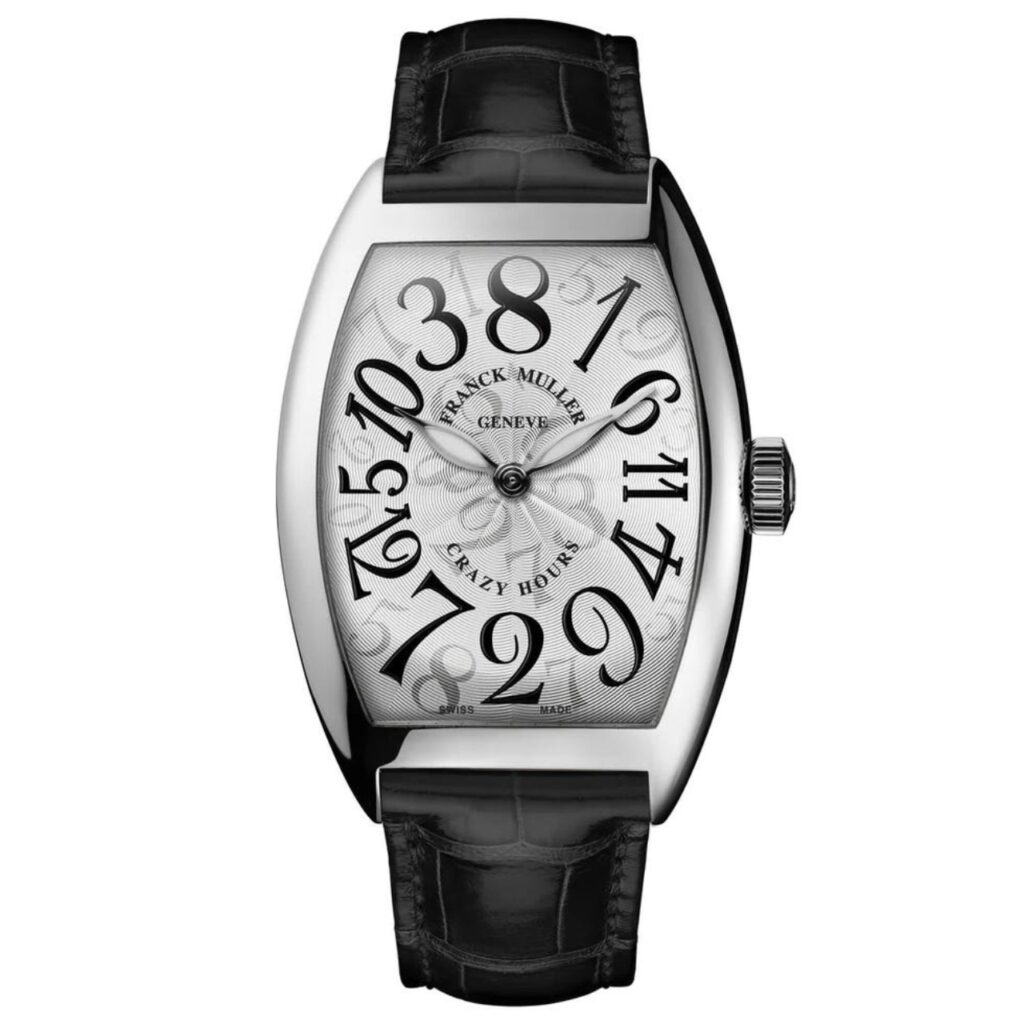
11. Franck Muller
Think of watchmakers who specialise in statement designs, unusual materials and showy movements, and Hublot or Richard Mille likely to come to mind. But what of Muller, who funnelled his Swiss watch school training and a stint as an expert repairer of rare and antique Patek Philippe watches, to establish his own brand in 1991?
“I always wanted to create something different, something that would change the face of traditional watchmaking,” he said.
Nowhere is that more apparent than on the Frank Muller Crazy Hours, a watch line where the hour markers on the dial are arranged non-sequentially, and the hour hand jumps to the right position, as if by magic.
Art Deco numerals, hand-drawn fonts and offbeat “Curvex” cases complete the singular look.
All of which could be considered oddness for oddness’s sake, if Muller didn’t have the technical chops to back it up.
In 1999 he unveiled the Aeternitas, a watch that featured 36 complications and 1,483 components, including a perpetual calendar, a minute repeater and a tourbillon. At the time it was one of the most complicated watches ever made.

12. Chopard L.U.C
One of the last major family-owned businesses in the watch industry, Chopard’s history goes back even further than Patek Philippe’s and Omega’s. Despite having a truly integrated high horology manufacture, Chopard remains best known for its jewellery, not its watches.
An unusual situation, since for once the former grew out of the latter. Today, the brand has been described as “one of the best-kept secrets of the watch collector community”. Its L.U.C Collection, named for Louis-Ulysse Chopard, 19th Century founder and beekeeper’s son, is particularly worthy of attention.
Louis-Ulysse set up his first workshop in 1860 at the tender age of 24, his pocket watches attracting perhaps the most credible timekeeping customer possible, the Swiss Federal Railways.
The innovation continues today. Watch geeks consider the self-winding L.U.C calibre 1.96, from 1996, to be one of finest automatic movements ever developed.
Others will find plenty to love in Chopard’s enthusiasm for precious metals, luxe-y dial colours and charmingly retro touches like hinged officer’s case backs.
Describing any watch that costs £10,000 as an “absolute bargain”, as expert Andrew Morgan does in his YouTube review of Chopard’s Alpine Eagle, might have you spluttering into your MacBook – but he makes a convincing argument that the watch’s fit and finish compete with a Royal Oak, at x4 the price.
Everything’s relative.
This story originally appeared on Esquire UK.
Related:















